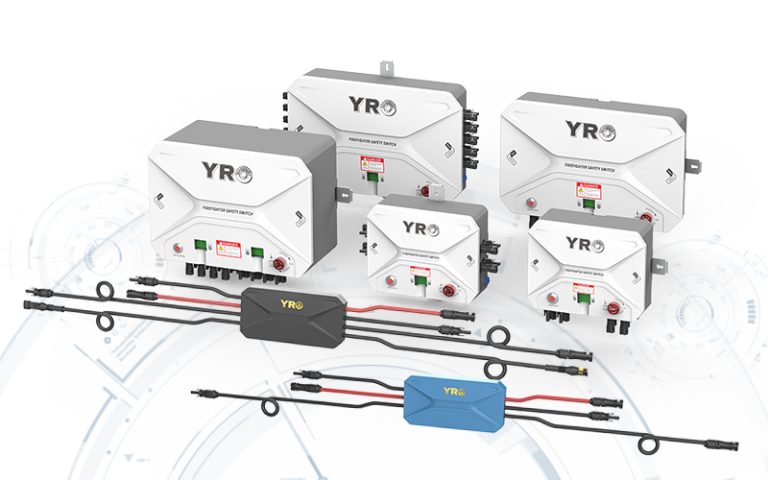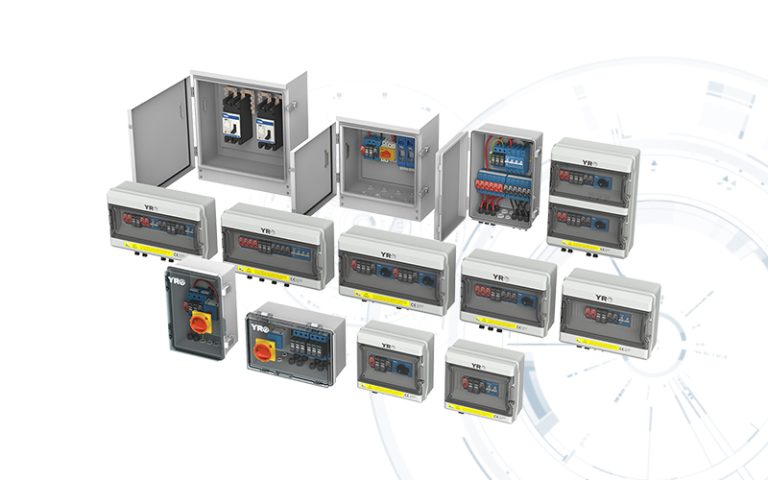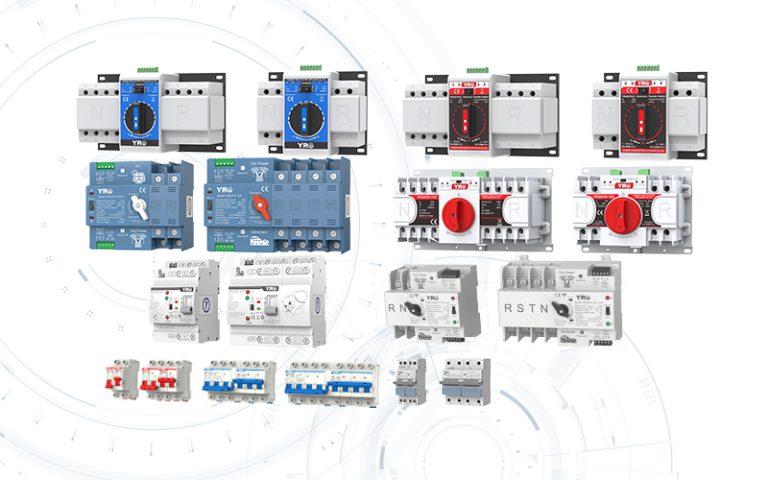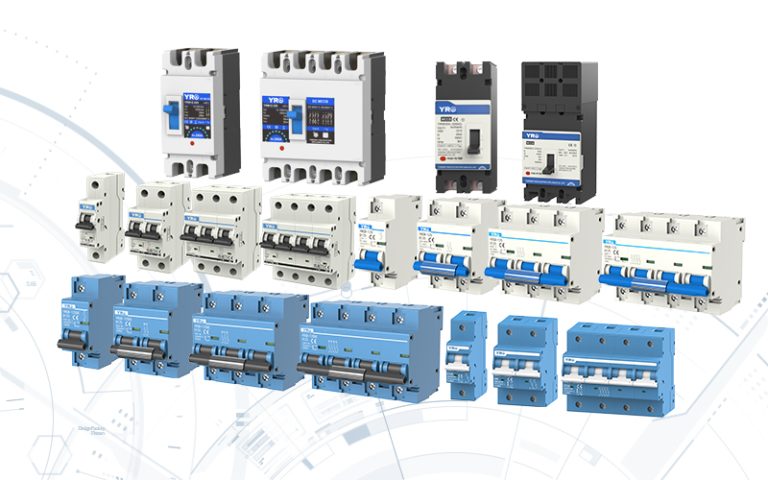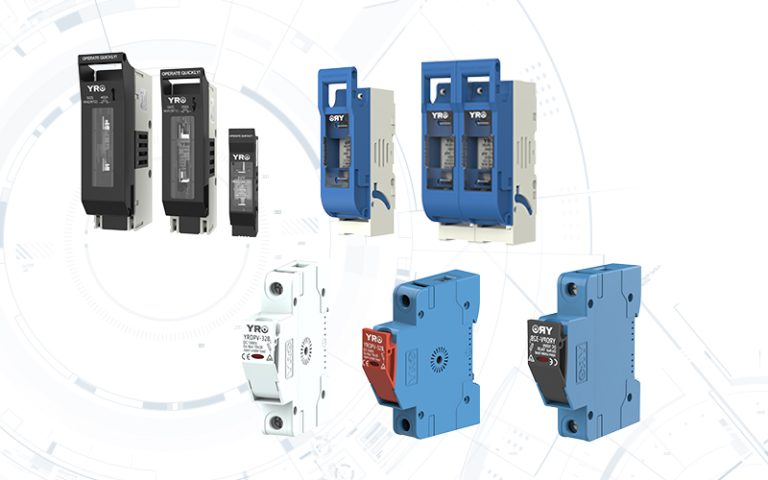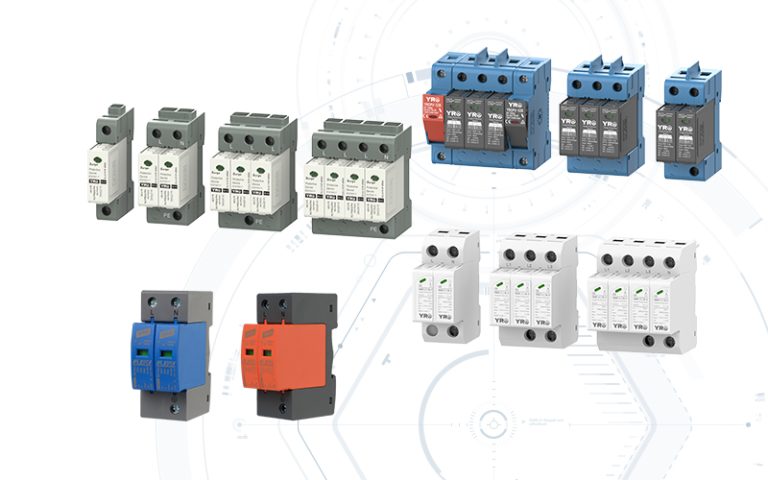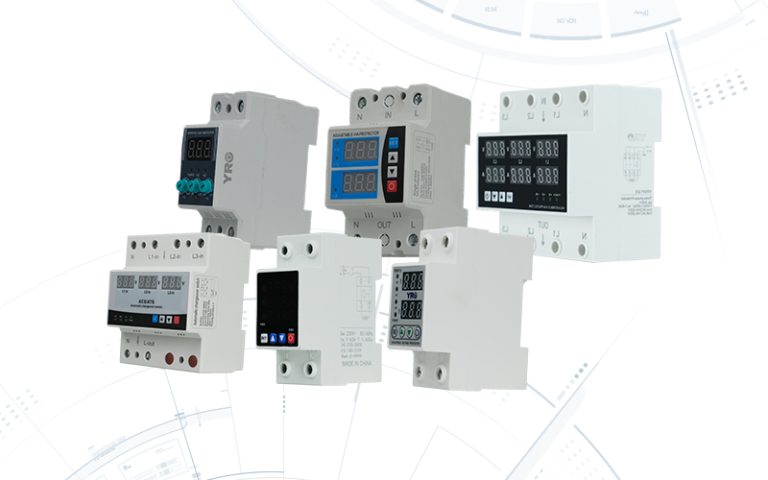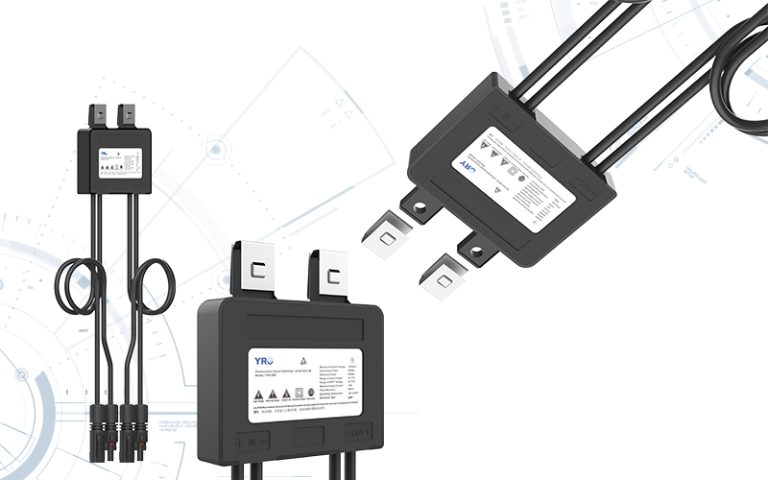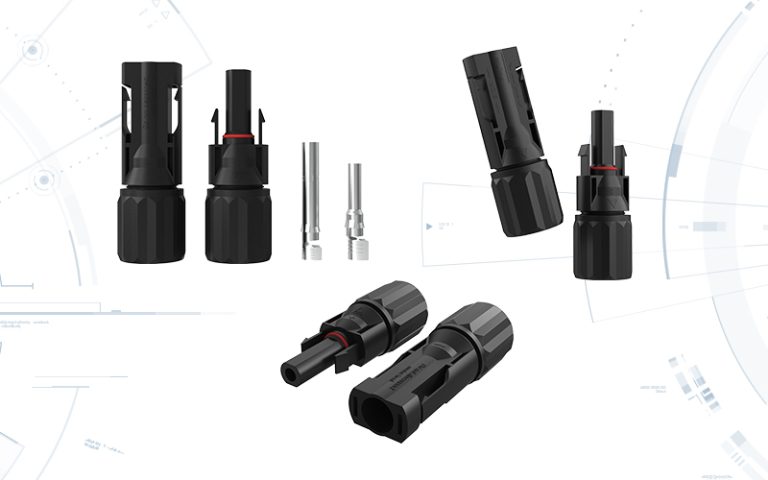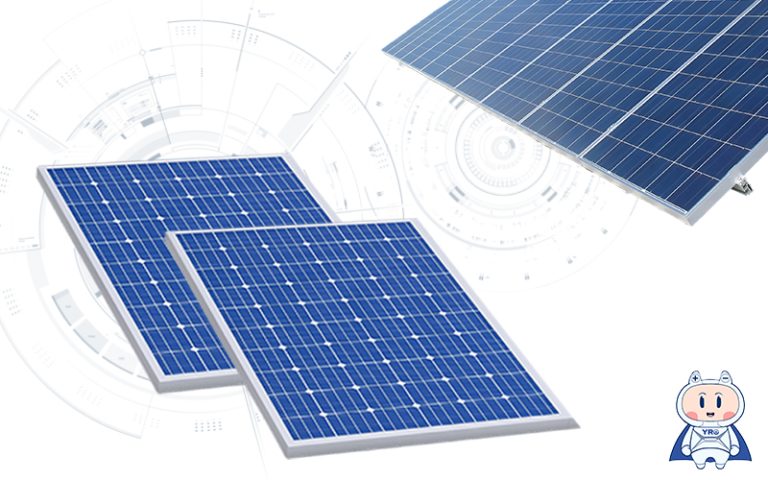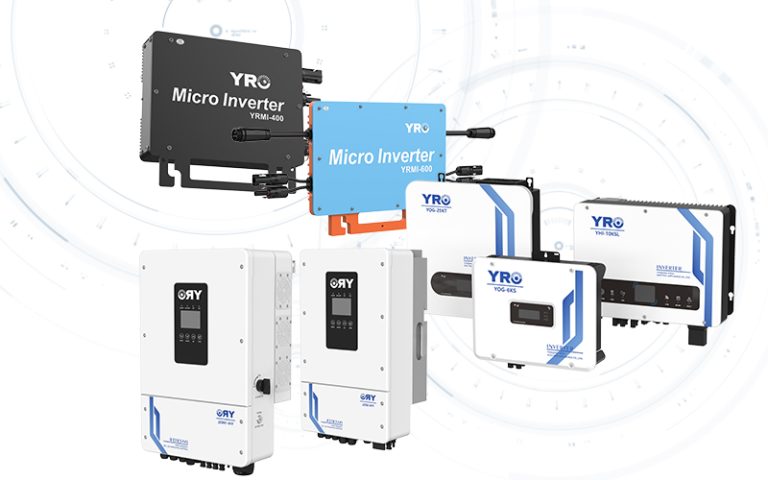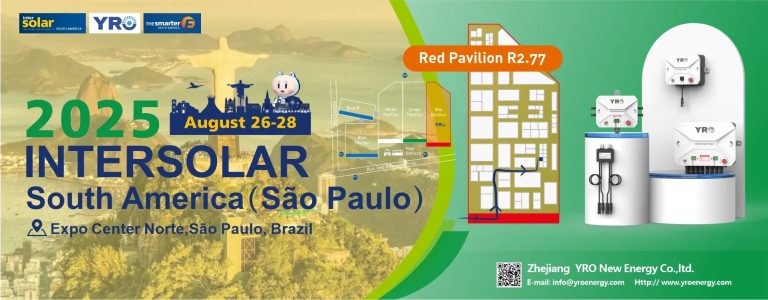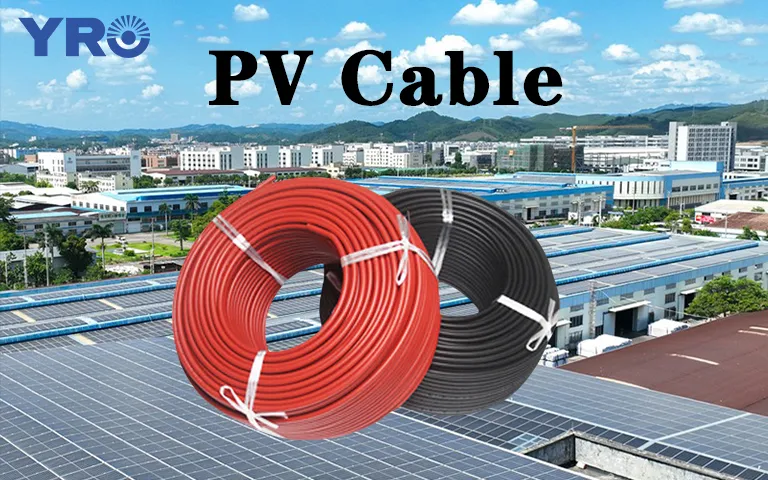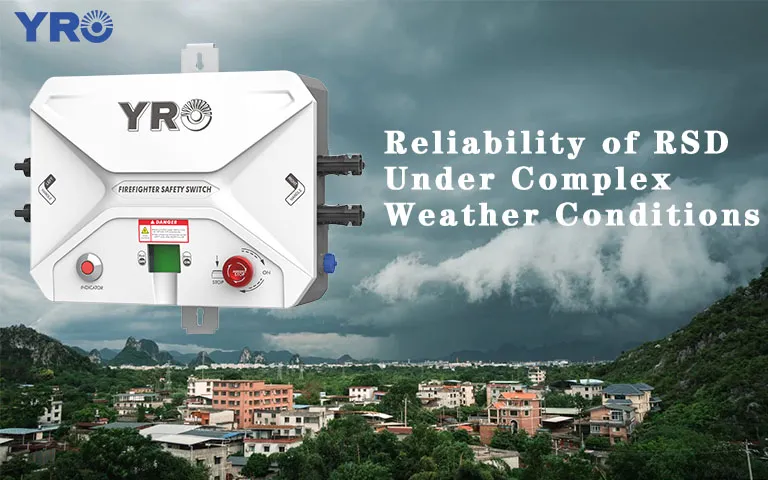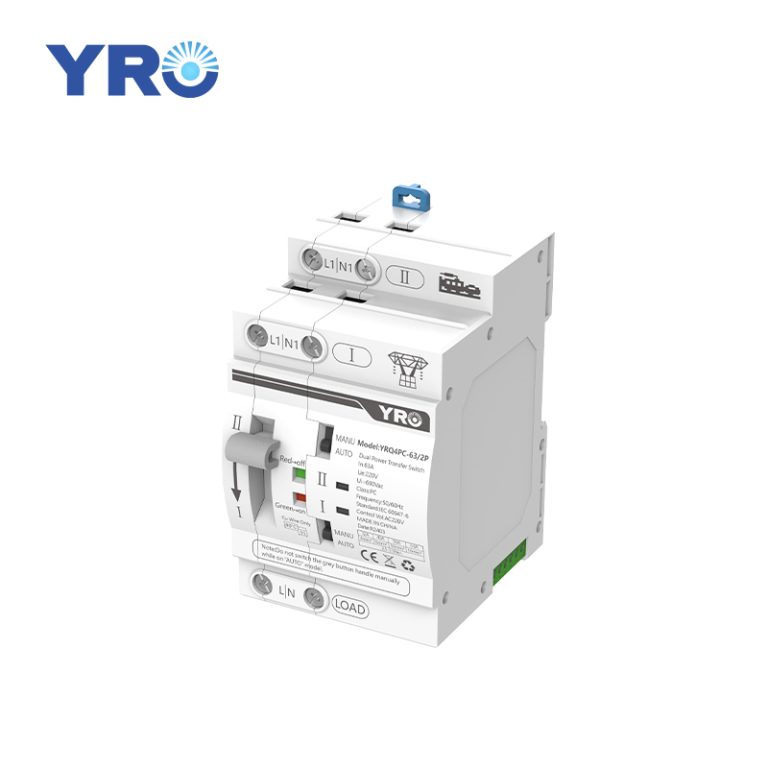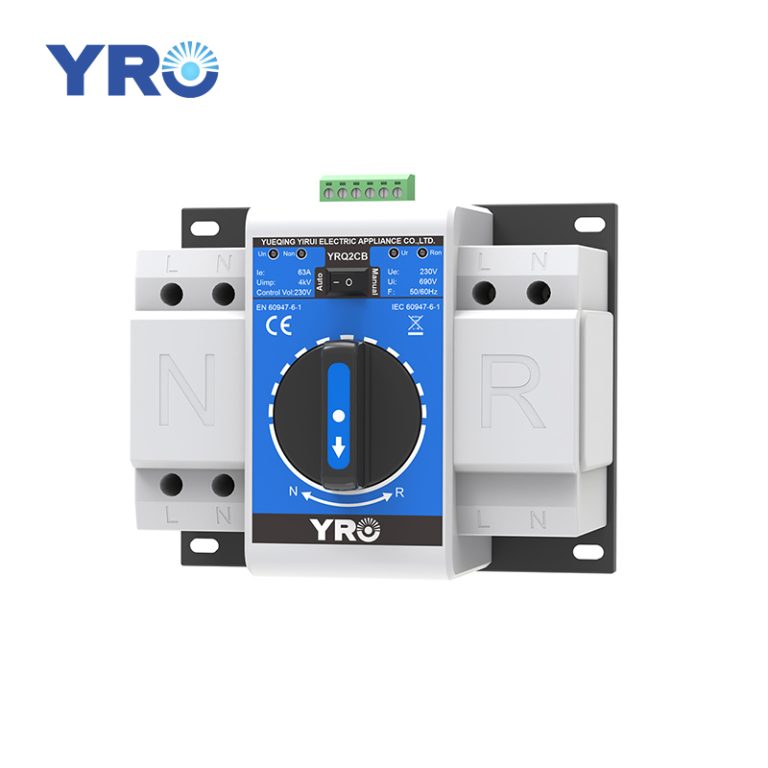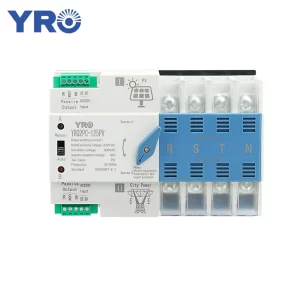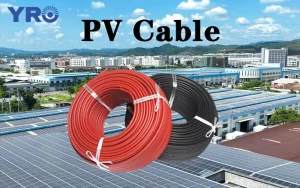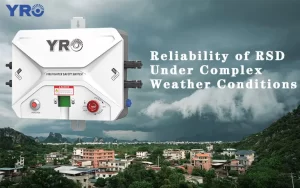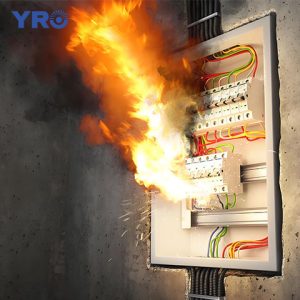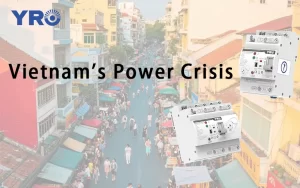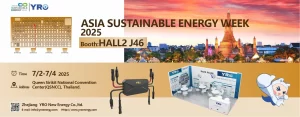In Vietnam, power outages are a recurring problem. Throughout 2023 and 2024, northern Vietnam has experienced repeated power outages, that have disrupted daily life and paralyzed industrial zones. While the country’s energy infrastructure has made significant progress in recent years, unpredictable blackouts still disrupt homes, businesses, and critical operations.
Analyzing Vietnam’s Power Crisis
1. Strained Energy Infrastructure
According to EMBER data (2024), fossil fuels dominate Vietnam’s power mix at 56%, with coal alone accounting for 49.7%. Hydropower serves as the second-largest source. This energy profile stems from Vietnam’s natural resource advantages:
- Abundant coal reserves: Vietnam holds significant proven coal deposits (3.8 billion tonnes), including the 2+ billion tonne Hong Gai mine in the northeast. Coal offers low technical barriers and competitive costs for power generation.
- Extensive river systems: With 840 billion m³ annual runoff (12th globally), the Red River and Mekong basins provide substantial hydropower potential.
While resource-appropriate, this dual dependency creates critical vulnerabilities:
- Hydropower output plummets during droughts due to reduced reservoir levels
- Aging coal-fired units operate inefficiently with higher coal consumption per kWh, causing frequent failures during peak demand.
2. Grid Management Challenges
Despite Vietnam’s significant economic growth, the development of its power infrastructure has always lagged behind. The state-owned Vietnam Electricity Group (EVN), which supplies 38% of the country’s electricity, has repeatedly postponed key investments in modernizing the power grid and new power generation projects. Official surveys show that the delay in “investment and development of power sources and power grids” between 2021 and 2023, has directly led to the current power supply shortage.
3. Surging Electricity Demand
Vietnam’s manufacturing boom—particularly in electronics and textiles—has dramatically increased industrial consumption. SIPET reports the industrial sector now consumes over half of Vietnam’s total electricity. Additionally, extreme heat drives unprecedented residential demand for air conditioning and cooling systems.
4. Climate Change Impacts
The increasingly frequent extreme weather events have exposed the vulnerability of Vietnam’s power infrastructure. According to the data from NCHMF, the recent temperatures in cities including Hanoi have reached 40°C, meeting the official criteria for heatwave classification. At around 1:40 p.m. on June 2, 2025, the national electricity consumption reached a peak of 51,672 MW, setting a new historical record. This extreme high temperature has sharply increased electricity consumption across the country while also reducing hydropower production capacity.
Economic Consequences
During the summer of 2023, Vietnam faced acute electricity shortages primarily caused by drought conditions. The power disruptions compelled industrial facilities and commercial establishments to suspend activities, causing an estimated $1.4 billion in economic damages. This energy crisis further undermined investor trust, particularly within the foreign manufacturing sector.
Uninterrupted Power: A Must for Growing Businesses
While Vietnam works on long-term solutions to its power challenges, businesses operating in the country need immediate protection against:
- Unplanned grid power interruptions
- Voltage fluctuations damaging sensitive equipment
- Production stoppages during critical processes
- Data loss from sudden shutdowns
To address these risks, an automatic transfer switch (ATS) becomes an essential component in any backup power setup.
How ATS Helps Maintain Stability in Unstable Grids?
When the main power grid suddenly loses power, ATS can switch to the backup generator or other power sources. The switching time of the YRQ4PC-63 series is only 30ms, and the power interruption is almost imperceptible.
ATS is the control device of the backup power system. It constantly monitors utility power and instantly initiates the transfer when an interruption is detected. Once the main power is restored and stable, it smoothly switches back, ensuring maximum efficiency and minimal risk.
Why Choose YRO‘s Automatic Transfer Switch in Vietnam?
YRO provides robust, reliable ATS units designed for real-world usage in unpredictable power environments like Vietnam. With a focus on:
- Fast switching times that protect critical loads
- Durable components tested for tropical climates
- Manual override and timer settings for added flexibility
- OEM services for tailored integration
Our products are manufactured in-house with full quality control and CE certifications. Whether you operate a factory in Ho Chi Minh City or a small business in Da Nang, YRO’s ATS solutions are scalable, efficient, and reliable.
Conclusion
Power outages are more than just an inconvenience — they are a threat to business continuity and daily life. In countries like Vietnam, where the grid is still evolving, having an Automatic Transfer Switch is not just a backup plan; it’s an investment in reliability and security.
YRO stands ready to support your energy needs with professional ATS solutions, made for real-world power challenges.

